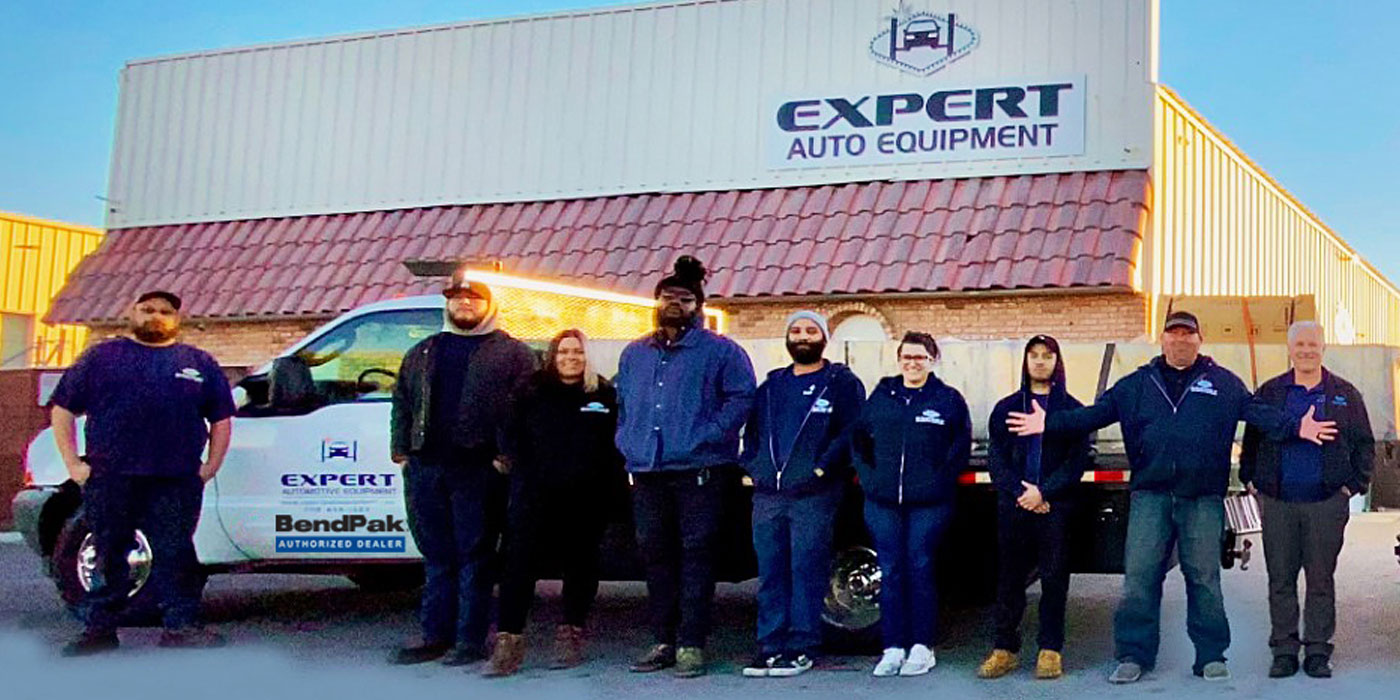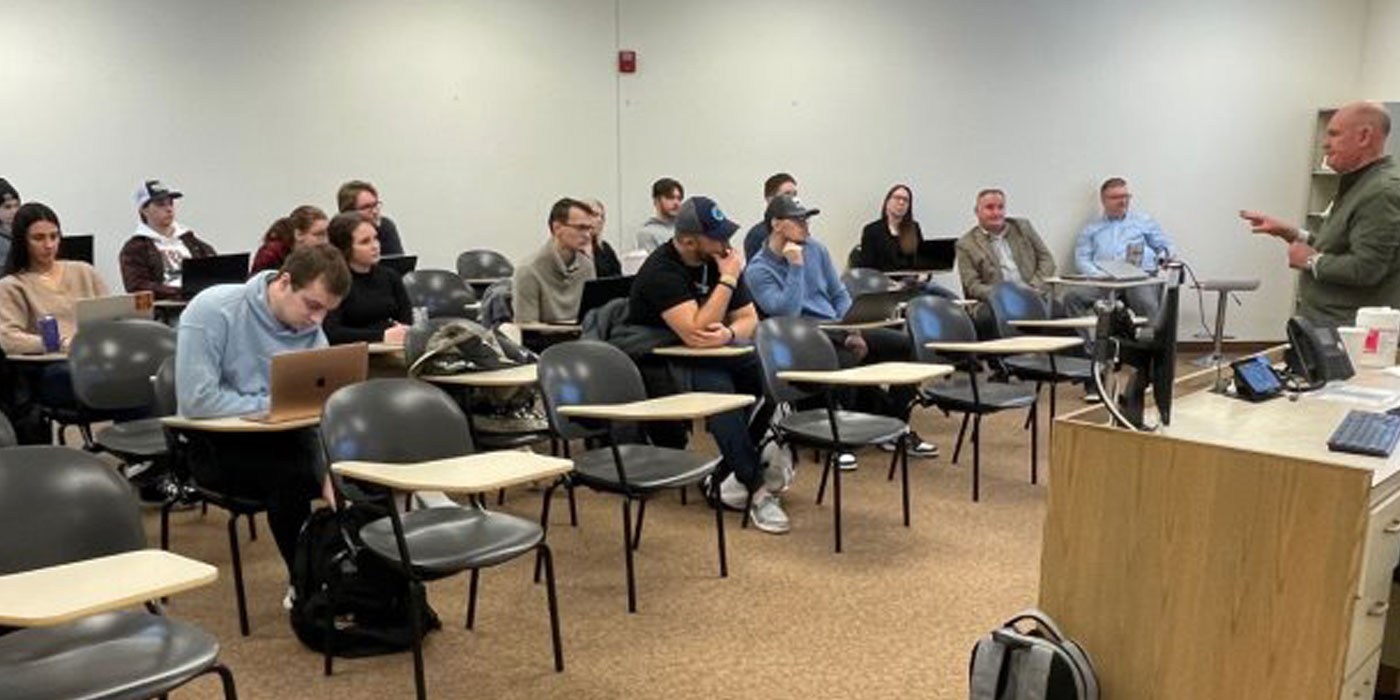For decades, auto parts retailers and jobbers alike have attempted toprop up eroding profit margins by lowering product cost or increasingprices. Between the growth of retail chains and the evolution ofprogram groups, product cost reductions have been exhausted. Now,through category management research, and plan-o-gram development,today’s parts stores can effectively change the profitability mix ofthe parts their customers buy.
Earlier this year, AutoZone CEO Bill Rhodes proudly reported aquarterly increase in gross profit. Rhodes credited part of the chain’sgross margin increase to its recent store-adjacency and sales-floorreset initiatives. AutoZone wanted to standardize how its stores putplan-o-grams into place, ensuring the best use of product adjacencies.Smart store adjacency practices are accomplished through researchingwhich products appeal to a particular customer segment, and thenmerchandising those products side-by-side to entice them to buy more.
Okay, okay, I hear you: You know your store, your customers and yourmarket. How can some guy at headquarters a thousand miles away tell youhow to merchandise? Plus, how can they increase gross profit in yourstore by telling you what shelf to stock your oil on, or what productto put next to it? Well, in the old days before in-store point of sale(POS) systems, headquarters had to rely solely on your local marketexperience and customer knowledge. While your experience and knowledgeare still very important, today the eggheads at headquarters can tellyou a lot about your customers that you don’t know. This isaccomplished through category management and marketing research, whichwe reviewed in the March article (Category Management: How it Impactsthe Market).
Years ago, a buyer and/or a store manager strategically marketedindividual SKUs, or at least individual product lines, like filters oroil. With parts proliferation, however, SKU or individual product-linemarketing management became simply impossible. The category managementprocess uses market "basket" consumer research and POS history tostrategically manage parts into a related group or "categories." Theresult: More sales and profit dollars for your store.
A look at the research can tell which products a typical customer buyswhen buying other products. This can help your store decide how tomanage stock adjacencies to get additional customers to include otherproducts with their purchases. Take chrome exhaust tips, for example.Traditionally, these were kept in a store’s "high-performance" section,along with chrome valve covers and other chrome goodies. However,market basket research showed Frank Frederick, executive VP of salesand marketing at ROL Manufacturing, that the people who bought repairmuffler clamps and hangers would also buy chrome tips – if they sawthem. And so, moving the tips from the high-performance section to theclamp and hanger section, doubled a store’s gross margin dollars forthose customers’ market baskets! There was no additional cost, justmore margin dollars through a change in the product-adjacencymerchandising strategy, dictated by the research data.
The research data in plan-o-graming also helps to improve a store’ssales, profit and return-on-investment numbers, as more localized inputcan be used. In the old corporate plan-o-gram days, national volumeoften dictated shelf space. With today’s POS data, headquarters cansee, by SKU, which parts are popular in one region of the country, andwhich ones are not. This helps accelerate the "delisting" of sizes orSKUs in one region, freeing up inventory dollars and shelf space, whileleaving them on the shelves of other stores in the regions in whichthey are popular. Also, by looking at the POS data, headquarters maysee that a chain has the dominant market share of a particular SKU in aparticular region. Once the category managers see what great marketshare you have on a particular SKU, they may actually ease your priceup on that SKU, rather than run price-offs or promotions.
How about test markets? Testing every merchandising idea in your storewould take forever, but with thousands of stores, a chain or programgroup can run multiple product, price and promotional tests at the sametime. Once the winning combination is identified, a plan-o-gram can becreated so that all the stores can benefit from the winning testresults.
Plan-o-grams and merchandising programs can be developed with today’sexcellent research, but the real "whiz bang" marketers know to watchfor regional differences. Wal-Mart, the king of micromarketing, hasmany such examples. It has marine fire extinguishers and a flare islanddisplay (at full margin pricing) in a lakeside store, but no suchdisplay in Tucson, AZ. Now that’s good use of regional data to increaserelated product sales with no price reduction!
With plan-o-grams come the opportunity to influence what product brandsyour customers decide to buy. Because you and I know the industry, knowthe cars and know the brands, we tend to think our customers know justas much and come to our stores looking for a particular brand everytime. But it’s just not true. Consumer research shows that two-thirdsof brand decisions are made in the store. By tailoring your storemerchandising to match what the consumer research shows will helpdirect your customers to choose the highest profit-margin brands inyour store. A decade ago, your local grocer did it by moving the cheesedip onto a rack hanging in front of the chips and beer.Now, the aftermarket is getting the same smarts. Jon Rubich, vicepresident of marketing services and category management for UnitedComponents, Inc., learned from research data that 20 percent of peoplechanging their oil also buy performance chemicals, like fuel injectioncleaner – even though the performance chemical section was on adifferent aisle than the oil. By changing the plan-o-gram to put theperformance chemicals adjacent to the oil, the parts stores saw asignificant sales lift on the higher-margin performance chemicals.
Advance Auto Parts used the same concept to put performance carmagazines at the parts counter. It wasn’t many years ago that you hadto buy your parts at the parts store and then drive to the drug storeto pick up a Car Craft magazine. While some adjacencies can bepermanent plan-o-gram positions, like stocking paper towels with GoJoHand Cleaner at Advance Auto, John Seal, vice president-merchandisingsupport for Advance, points to adjacency use in promotional locationsalso. The same paper towels may be on an off-shelf display alongsideMr. Clean Car Wash, oil, polish or carburetor cleaner.
Market researchers continue to look for products that your customerswant to buy as a group. In fact, Industrial Marketing Research tracksconsumer input on nearly 300 vehicle items to provide manufacturerswith more consumer insight.
Seal points out that, while adjacencies can be good, the industry needsto be careful not to confuse the customer with too many products. Oneexample is at the grocery store. Even though market research shows thata high concentration of bananas are bought in the same "market basket"as breakfast cereal, should bananas be put in the produce department ornext to the Cheerios? Seal cautions that we need to be careful not toconfuse the customer.
Up until now, we have talked about research influencing shelf-placementdecisions. But what about the rest of the store? Think about yourelectronic catalogs, coupons, advertising, specials or technicalclinics. If research shows that, in one region, customers often buy apremium brand oil with premium brand car polish, perhaps the nextcoupon or news circular promotion for that region should match the twoitems together. Of course, if research shows that customers also stopby a market for a snack and a soft drink, maybe your auto parts storeshould offer to sell the same. Silly idea? Maybe not: According to avice president at Advance, it has sold more than 500,000 jars ofcashews.
Coordination of departments is one of the keys to increased margins. Ifthe category manager is trying to move purchases to a premium-pricedproduct, the advertising department should certainly not be runningpromotions or ads on the lower-priced alternative at the same time.
Directing purchases to higher-margin products can also be done throughcatalog programming simply by placing the highest-margin choice firston each catalog page.
Plan-o-gramming in the back of your store also leads to increasedsales, as you help store personnel remember the add-on suggestions.Rubich’s category management team found that moving the Champ fuelfilters from the filter aisle to adjacent to the Airtex fuel pumps inthe back room gave a significant fuel filter sales increase.
While product display location in the back can remind the storepersonnel of a related sale, the proper placement in the front of thestore can dramatically affect store profit margins. Do you give morefacings to the most popular oil filter, or to the one with the highestgross margin dollars? Do you place the oil in vertical columns bybrand, or do you place the high-dollar brands at consumer eye-level andthe lower-profit oil on the bottom or top shelves? All of these ideas,and many more, can be tested and sales data examined beforeplan-o-gramming into a national or regional setting.
Remember, two-thirds of brand decisions are made in your store. Twothirds of the time, your customers are relying on your merchandisingand sales skills to help them decide which brand to buy. There could beno better opportunity to increase your high-margin sales and storebottom line profitability, than this.
Today, the large auto parts retail chains are ahead of theircompetitors in the area of category management directed plan-o-grammingand product adjacencies. Over the past seven years, the auto partsretailers have teamed up with the manufacturers to gain market researchand consumer information. The Automotive Aftermarket IndustryAssociation Category Management Committee created the reporting methodto track stores POS sales by SKU and the race for profit/sales throughdata research was on. It is only a matter of time before all of theprogram distribution groups use their resources and manufacturerknowledge to develop and implement similar research data drivenmerchandising tools, directed by groups of national category managers.When they do, be sure to use that expertise in your jobber stores toget your fair share of sales growth and profit margin.










